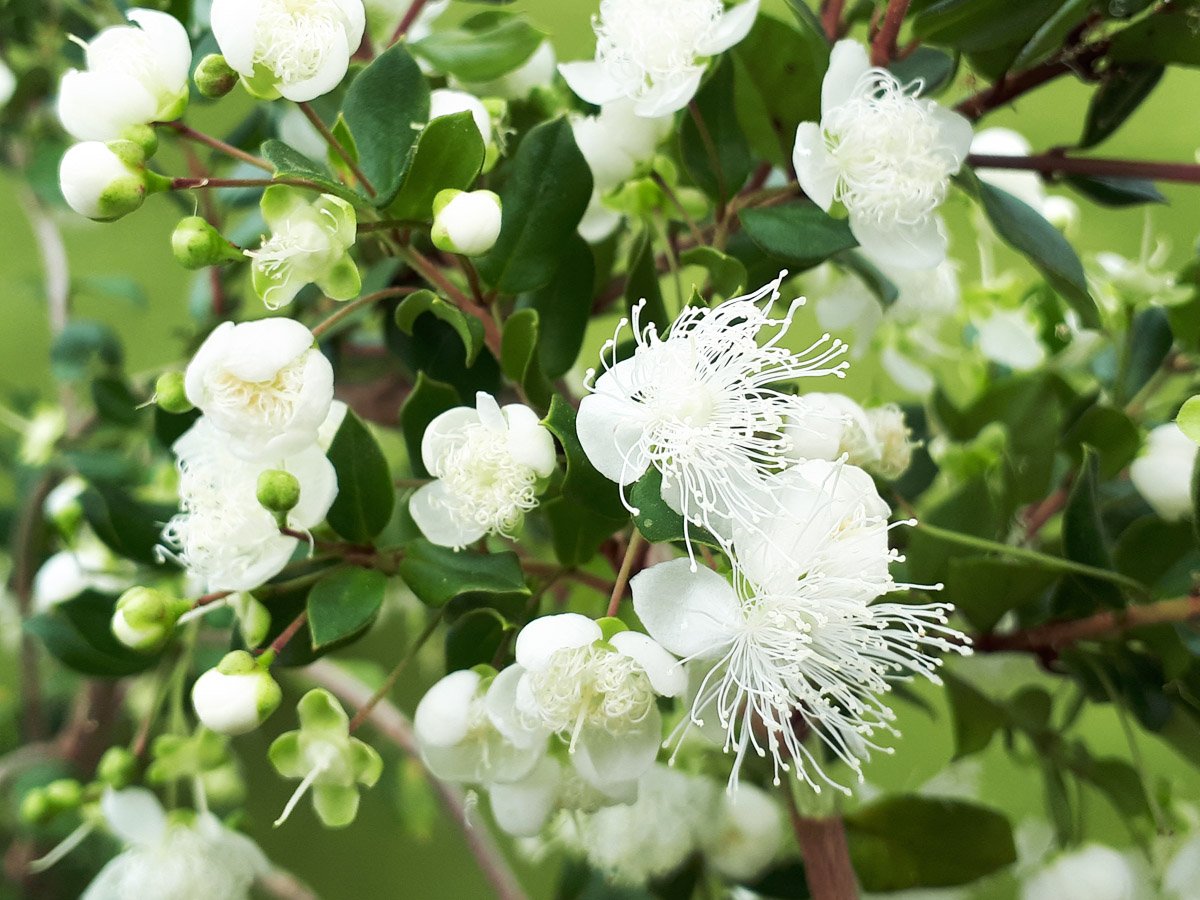The Myrtle Tree: A Symbol of Love and Beauty
The myrtle tree, a symbol of love, peace, and immortality in various cultures, is a versatile evergreen shrub or small tree belonging to the genus Myrtus. Native to the Mediterranean region, it has been cultivated for centuries for its aromatic foliage, beautiful flowers, and culinary and medicinal uses.

Throughout history, the myrtle tree has held deep cultural and symbolic meaning. In ancient Greece, it was sacred to the goddess Aphrodite, associated with love and beauty. Roman brides wore myrtle wreaths as a symbol of fidelity and happiness. In Christianity, it represents peace and purity.
The myrtle tree is characterized by its dark green, glossy leaves that release a fragrant scent when crushed. It produces clusters of small, white, star-shaped flowers followed by dark berries. The tree is relatively low-maintenance and can be grown in various climates, making it a popular choice for gardens and landscapes.

Climate and Soil: Myrtle trees thrive in warm, Mediterranean climates with well-drained soil. They prefer full sun but can tolerate partial shade.
Ornamental: Myrtle trees are popular ornamental plants, often used in hedges, topiaries, and as standalone specimens.

How long does a myrtle tree live? Myrtle trees can live for many years, often exceeding 50 years.
The myrtle tree, with its rich history and diverse uses, is a beautiful and versatile plant. Whether you admire its symbolic significance, enjoy its culinary applications, or appreciate its ornamental value, the myrtle tree is sure to bring joy and beauty to your life.




:max_bytes(150000):strip_icc()/star-of-bethlehem-plant-profile-4774326-hero-943e35e2dc3049b1b2baa110d5fa0e71.jpg?w=200&resize=200,112&ssl=1)
